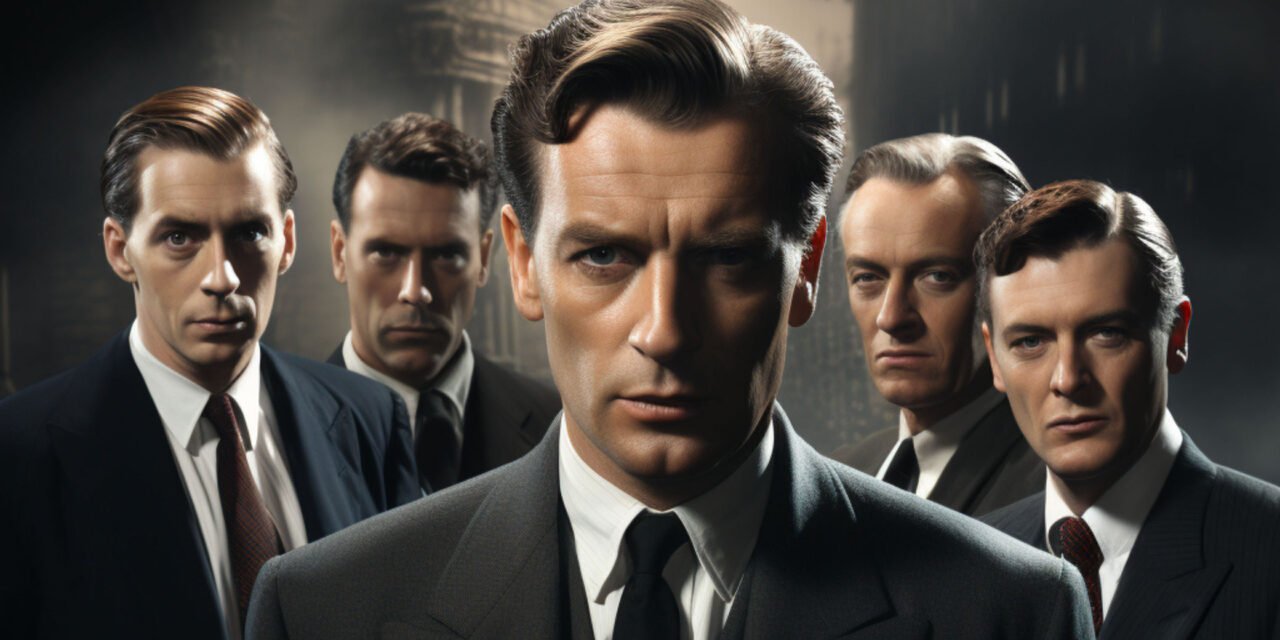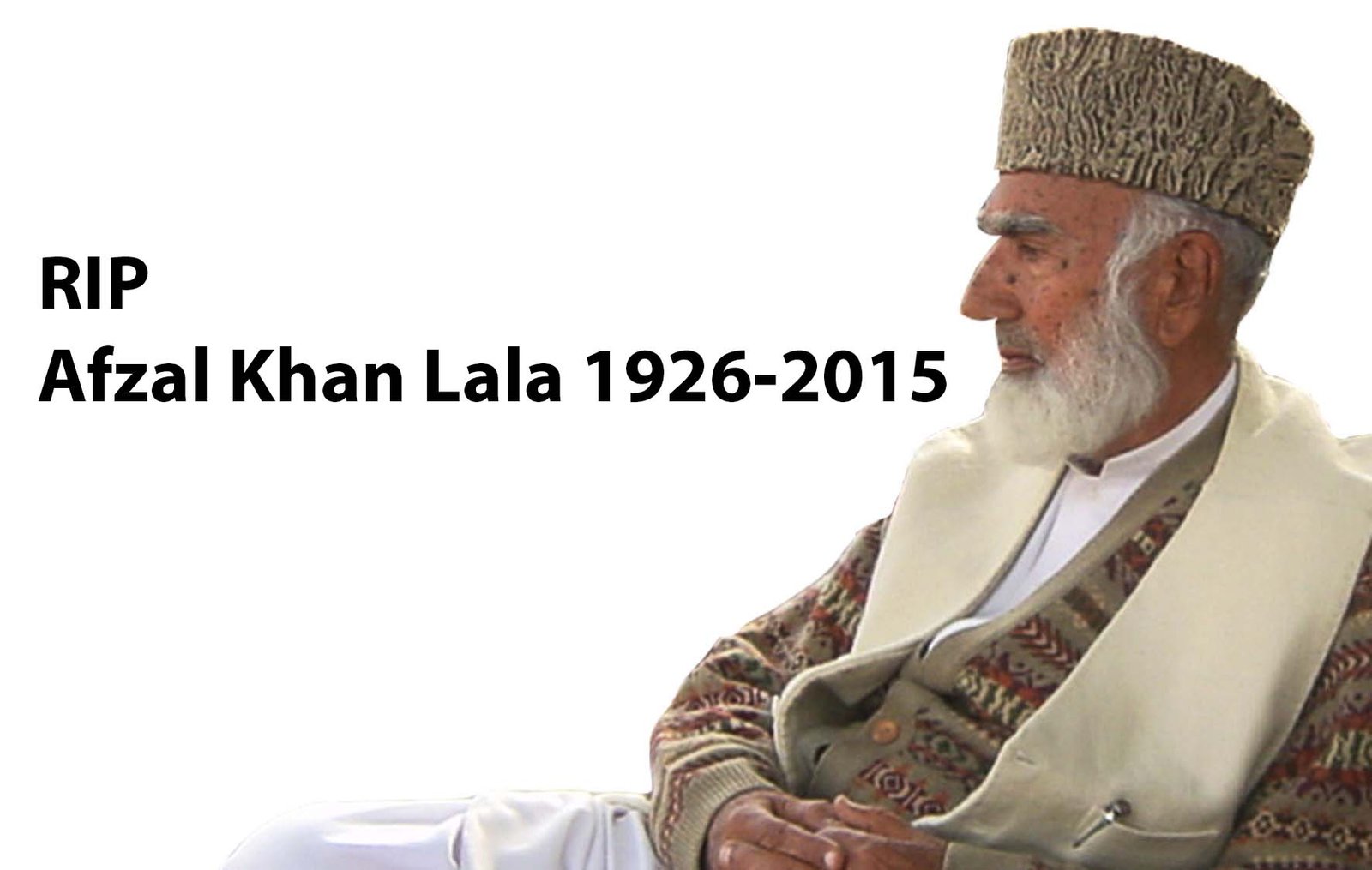By Fazal Khaliq
The Cambridge Five refers to a group of British spies who secretly worked as Soviet agents during and after World War II. Their betrayal of their country and their espionage activities have become one of the most notorious cases of Cold War espionage. The members of the Cambridge Five were recruited while studying at Cambridge University in the 1930s, where they were ideologically sympathetic to communism and attracted by Soviet promises of revolution and equality.
The core members of the group were Kim Philby, Guy Burgess, Donald Maclean, Anthony Blunt, and John Cairncross. Each of these men came from privileged backgrounds but were disillusioned by the political situation in Britain. Their shared ideology and Marxist beliefs drew them to Soviet espionage, believing they could serve the greater good by aiding the USSR.
Kim Philby was perhaps the most famous of the group. He joined the British Secret Intelligence Service (MI6) and rose through the ranks, all while secretly passing information to the Soviets. His cover was so convincing that even after the group’s treasonous activities were revealed, his involvement wasn’t suspected for years. Philby was the head of the Soviet counterintelligence in MI6, which allowed him direct access to sensitive information about British intelligence operations.
Guy Burgess and Donald Maclean were also key members. Burgess worked for the BBC before joining the British Foreign Office, while Maclean was a diplomat in the Foreign Service. Both men passed valuable intelligence to the Soviet Union, particularly about Western allies’ military operations during World War II. They were aware of the atomic bomb project and passed on crucial secrets about the development of nuclear weapons. In 1951, before their activities were discovered, they defected to the Soviet Union, with the help of their Soviet handlers, escaping to Moscow.
Anthony Blunt was an art historian and a professor at the University of London. His position as Surveyor of the Queen’s Pictures gave him significant access to royal and governmental figures, making him an important intelligence source. Blunt worked as a Soviet agent for many years, though his spying activities were only revealed later. Unlike the other members, Blunt did not defect to the Soviet Union, but he was eventually exposed and publicly named in the 1970s.
John Cairncross was another member who worked for the British government, first in the Treasury and later at the Admiralty. Cairncross passed on sensitive military and diplomatic information to the Soviet Union, particularly during World War II. Like Blunt, Cairncross was not initially caught but was eventually exposed in the 1960s.
The Cambridge Five operated in secret, managing to evade detection for many years. They worked with the Soviet intelligence services during a time of intense Cold War tensions, passing critical information that allowed the USSR to maintain a strategic advantage in both political and military matters. The group was not exposed until the 1950s and 1960s, when their espionage activities were slowly uncovered by defectors and intelligence investigations. The eventual discovery of their betrayal shocked the British public and government, leaving a lasting stain on British intelligence history.
The motivations of the Cambridge Five were complex, rooted in their early ideological convictions and a deep distrust of Western political systems. Their story remains a chilling reminder of the dangers of espionage and the devastating consequences of betrayal.





